10 Secrets Of The Classic Western "Bonanza"
Advertisement
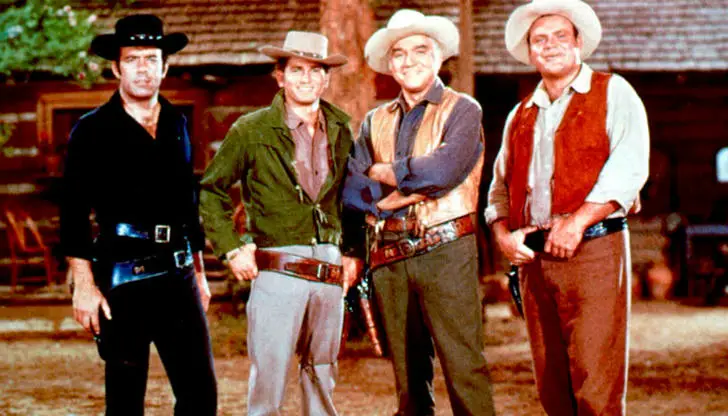
Bonanza is an American western television series that ran on NBC from 1959 until 1973. Bonanza is one of the first television series to be shot and broadcast in color. It starred Lorne Greene, Michael Landon, Dan Blocker, Pernell Roberts, and David Canary and follows the adventures of the Cartwright family in the fictional Nevada town of Virginia City.
The show ran for 14 seasons and spawned three spin-off series. Bonanza is a classic example of the western genre, and its influence can still be seen in modern television. Keep reading to find out the secrets of this classic western.
1. A Recognizable Theme Song
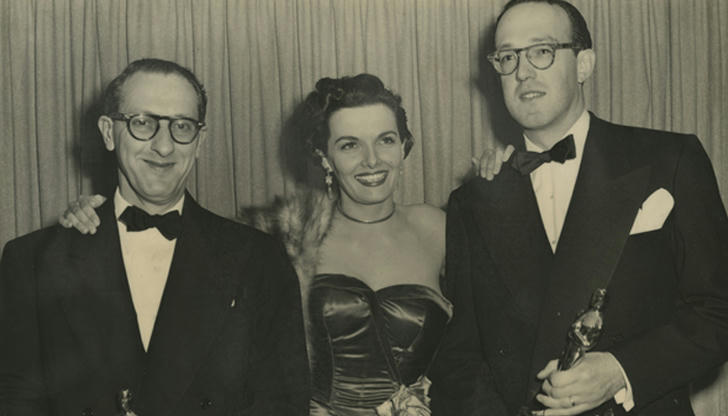
The show was exceptionally popular during its run, and its theme song "Bonanza" is one of the most iconic television theme songs ever recorded.
This catchy, upbeat melody was written by Jay Livingston and Ray Evans in 1958, which perfectly captures the spirit of the show. The theme song was an instant success and has become an iconic piece of television history.
2. Little Joe's Shoe Secret
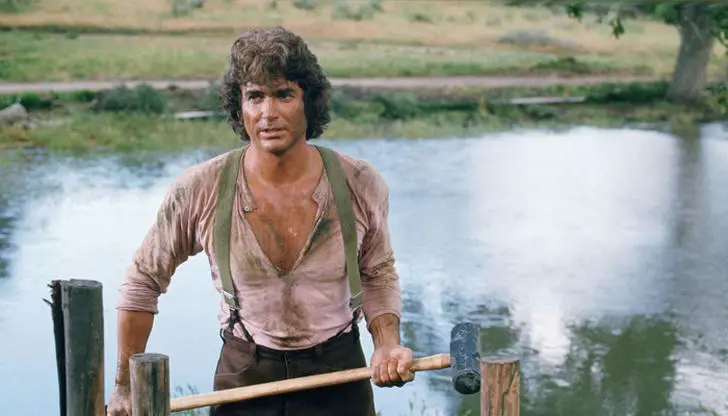
The fiery and impetuous Little Joe, played by the late Michael Landon, was a fan favorite on the show. Landon was reportedly 5 feet 9 inches tall.
But did you know that Landon wore shoes with four-inch lifts to play the role? This gave the impression that Little Joe was taller than he actually was, and helped to create a visual contrast between him and his larger, more imposing brothers.
3. The Show's Unique Writing Style
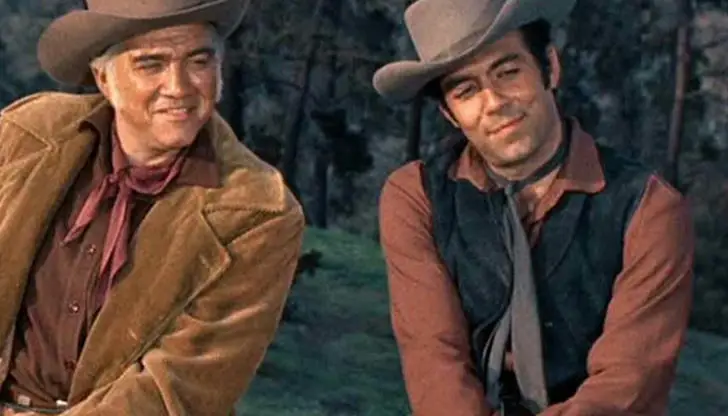
What truly set Bonanza apart was its writing style. Writer Anthony Lawrence was brought on board without any experience in writing authentic Western scripts.
However, producer David Dortort had a unique solution. He advised Lawrence to focus on the relationships between the characters, which became the show's defining feature. Rather than stereotypical Western plots and themes, the show's strong bonds between characters like the Cartwright sons and their father made it a timeless classic.
4. Eric's Entrepreneurial Endeavors

Speaking of restaurants, Dan Blocker wasn't the only Bonanza cast member to dabble in the food business.
The show's popularity led to the creation of another restaurant chain, called Bonanza/Ponderosa, which eventually merged with the original Ponderosa chain.
5. Ben's Wigged Out Moment
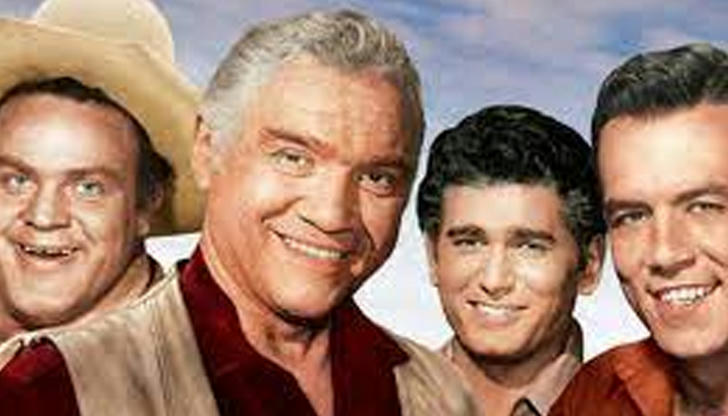
During the show's early years, the actors often performed their own stunts. In one memorable scene, Lorne Greene, who played patriarch Ben Cartwright, had to jump off a ledge and into a lake.
As he emerged from the water, the cast and crew noticed his hairpiece floating away. Without missing a beat, Greene quickly retrieved the wig and repositioned it slightly askew.
6. Pernell Roberts' Early Exit
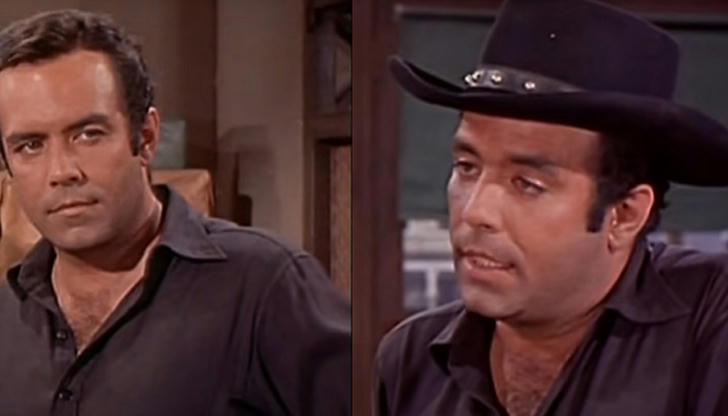
Pernell Roberts, who played eldest son Adam Cartwright, left the show after 200 episodes due to his dissatisfaction with the writing and the show's use of racial stereotypes.
Despite Lorne Greene's attempts to convince him to stay, Roberts moved on to other projects and never returned to the show.
7. Behind-the-Scenes Drama
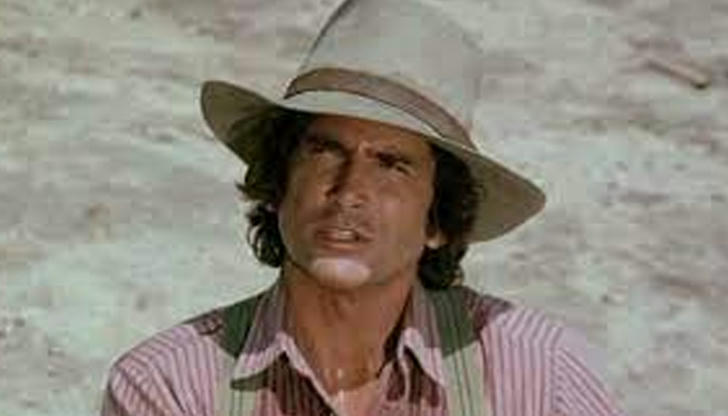
While the Cartwright family appeared to be a tight-knit unit on screen, behind the scenes was a different story. Michael Landon, who played Little Joe, had a well-known feud with Pernell Roberts, which included public insults and a refusal to speak off-camera.
Despite their on-screen camaraderie, it seems the Cartwrights weren't always one big happy family.
8. Changing the Visitor's Policy
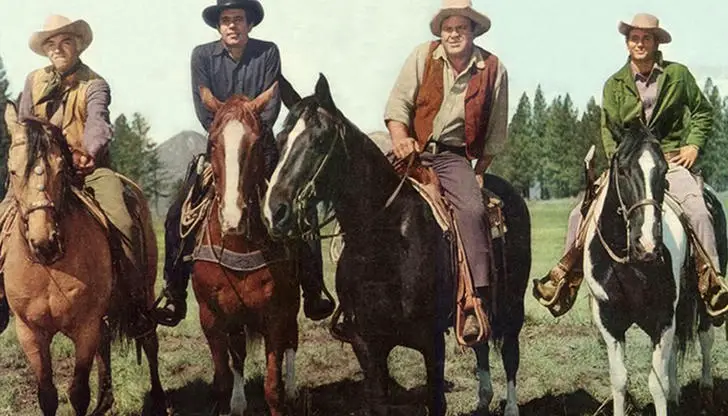
In the Bonanza TV series, the Cartwrights were initially portrayed as being somewhat hostile towards visitors who came to their Ponderosa ranch. They valued their privacy and independence.
However, the Cartwrights became more welcoming and hospitable in the later seasons of the show because they realized that the Ponderosa could benefit from increased tourism and commerce. This change in the show's policy added depth to the characters and made the show more relatable.
9. The Wardrobe Department (or Lack Thereof)
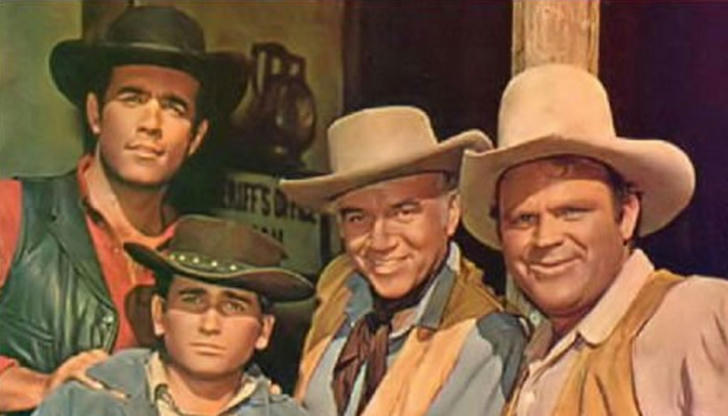
Another fascinating tidbit is that the wardrobe budget was reduced from the third season onwards. This wasn't entirely about saving money but also due to the hectic shooting schedule.
To save time and money, the characters wore the same clothes each episode, allowing editors to reuse footage of actors riding from one location to the next.
10. A Nonsensical Sponsor
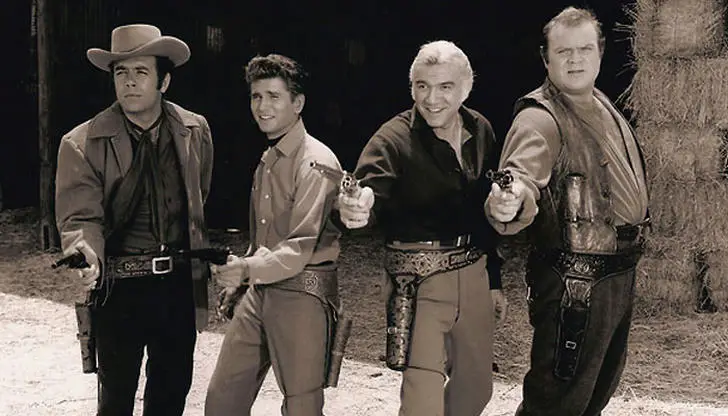
One of the show's most notable relationships was with its ad sponsor, Chevrolet. Despite being set in the mid-1860s, Bonanza still needed ad sponsors, and Chevrolet decided to sponsor the show for most of its 430-episode run.
This unique sponsorship resulted in the stars of the show also appearing in Chevy commercials. Today, the Bonanza-Chevrolet collaboration remains a notable example of the power of advertising partnerships in popular culture.



